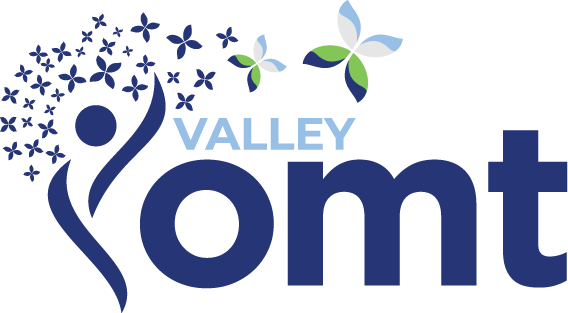Dental Issues: Detailed Explanation of how OMD can affect Dental Health
Dental problems such as crowded teeth, misaligned bites, and orthodontic challenges are often connected to Orofacial Myofunctional Disorder (OMD). The way the tongue and mouth muscles function—or dysfunction—plays a critical role in shaping dental and facial structures. Over time, improper muscle habits can contribute to a range of dental issues, many of which affect not only oral health but also overall quality of life.
1. Crowded or Misaligned Teeth
- Tongue Posture Matters: The tongue plays a vital role in guiding proper dental alignment. When the tongue rests low in the mouth or pushes against the teeth (tongue thrust), it can interfere with natural development, causing teeth to crowd or shift out of alignment.
- Narrow Palate: OMD’s can contribute to a high, narrow palate, leaving insufficient space for teeth to emerge properly. This often results in overlapping or crooked teeth.
- Impact on Orthodontics: While braces can help realign teeth, unresolved tongue or muscle dysfunction may cause teeth to relapse, undoing orthodontic progress.
2. Bite Problems (Malocclusions)
- Open Bite: Tongue thrusting can push the front teeth outward, leading to an open bite where the upper and lower front teeth fail to meet.
- Overbite or Underbite: Incorrect tongue pressure and poor muscle coordination can affect jaw positioning, contributing to overbites, underbites, or crossbites.
- Chewing Challenges: Malocclusions can make it difficult to bite or chew food effectively, affecting daily eating habits and overall comfort.
3. Dental Wear and Damage
- Excessive Tooth Pressure: Improper tongue and lip movements may place undue pressure on teeth, potentially causing chips, cracks, or premature wear.
- Gum Recession: Chronic mouth breathing and tongue thrusting can strain the gums, leading to gum recession and increased sensitivity or vulnerability to gum disease.
4. How OMD Causes Dental Issues
- Improper Tongue Function: The tongue should rest gently against the roof of the mouth, where it helps shape the dental arch and maintain spacing for teeth. In individuals with an OMD, the tongue often rests too low or presses against the teeth, disrupting these processes.
- Mouth Breathing: Chronic mouth breathing can alter facial muscle activity, leading to underdeveloped jaws, narrow dental arches and poor profiles.
- Weak or Imbalanced Muscles: Poor coordination or strength in the orofacial muscles prevents them from applying the right forces to support proper dental alignment.
5. Quality of Life Impacts
- Aesthetic Concerns: Misaligned or crowded teeth can cause self-consciousness, impacting confidence in personal and professional settings.
- Dental Health Challenges: Crowded teeth are harder to clean effectively, increasing the risk of cavities and gum disease.
- Ongoing Orthodontic Needs: If an OMD is not addressed, individuals may require repeated orthodontic treatments or face prolonged wear of retainers to maintain alignment.
- Jaw Pain and TMJ Issues: Malocclusions caused by an OMD can lead to chronic jaw pain, headaches, and temporomandibular joint (TMJ) disorders, reducing overall comfort and quality of life.
6. Addressing the Problem
Resolving dental issues linked to an OMD requires a comprehensive, interdisciplinary approach. Orofacial myofunctional therapy can retrain tongue posture and muscle function, while orthodontic treatments can address existing alignment problems. Early intervention is crucial to prevent long-term complications, improve oral health, and enhance overall well-being.
